Dying by Degrees from Climate Change
By Dady Chery
Haiti Chery
The End Age for humanity will not be a date known to man, but a point of no return from climate change, about which we shall be as oblivious as if we had sleepwalked out of an airplane without a parachute. Scientists will describe their shock at the free fall, estimate the time of impact and ask for more funds to refine their estimates. World agencies will organize meetings to exotic places, to which people will fly long distances at great costs in emissions, to discuss how to mitigate the effects of climate change and promote a capitalist notion of buying and selling carbon credits. All will be helpless against our catastrophic crash once we pass the turning point. Are we there now, as the Hopi and Mayans have predicted? Is there time left and, if so, how long?
By five different estimates of global warming, from measurements of the temperatures of the lower atmosphere as well as Earth’s surface, during the 30 years between 1980 and 2010, human activity raised the entire globe’s surface temperature by one degree Celsius (3.6 degrees Farenheit). Regardless of what scientists might say to prevent a panic or protect their careers, they generally agree that another one-degree rise in temperature is too horrible to countenance and will be catastrophic for humanity.
Some climate reports say that we might reach this two-degree warming around 2050 to 2070 if we do nothing to “mitigate” climate change, but these projections are disingenuous. Based on the Albedo Effect alone, which predicts that the decreased reflectivity of the Earth, due to melting of glaciers, will cause warming to accelerate, anyone can reasonably calculate that, if we do nothing at all, the next one-degree increase in temperature will happen faster than the last. In other words, if we stop all emission of carbon dioxide (CO2) today, we have less than 30 years.
The time left to us might be very much less than 30 years because global warming itself is expected to trigger a series of events that will release massive quantities of greenhouse gases to trap yet more heat in the atmosphere. One of these is the release of methane from the Arctic permafrost. This has already started, with methane emissions increasing over 30 percent from 2003 to 2007. Another is the expected conversion of the Amazon from a carbon fixer to a net carbon emitter due to warming of the rivers and their release of CO2.
How might we prevent a catastrophe? For sure, it cannot be averted without acquainting the public with the seriousness of the problem, which is as follows. Our cumulative emissions of CO2 are the main source of the greenhouse effect that is warming the planet’s surface. Furthermore, CO2 stays in the atmosphere, on average, for about 200 to 300 years, and possibly longer. Therefore, at this juncture, the notion of emitting additional CO2 should be understood by all as being complete lunacy. We should, instead, be turning our attention to the task of removing much of the accumulated CO2.
Those scientists who do not communicate the urgency of the situation and participate in lulling the public into inaction have much to answer for. This is no time for inoffensive names like “thermal inertia” to describe the continued warming if we do nothing, or for obtuse terms like “negative emission,” to communicate the urgent need to remove CO2 from the atmosphere. All scientific jargon must be thrown away. Not only our species is at risk, but also much of the ensemble of life that makes our existence possible. It is time for straight talk.
How excessive is the human contribution to global warming? Think how much heat one needs to warm a small pot of water by one degree centigrade. Imagine the heat needed for a container of water 10 times larger, a 100-liter drum and, finally, the surface of, not only the Earth’s oceans, but also the entire lower atmosphere! Consider the energies involved. They are now stored as heat over the planet’s surface and can transform at any time into massive storms. The epicenter of these events is the tropics.
It is a simple matter of thermodynamics that we are returning to the conditions that prevailed during the Permian Era, before green plants fixed the carbon that we are now burning as coal. Back then, the seas were vaster, and the Earth’s landmass was smaller than it is today. At two degrees of warming, civilization, as we know it, will end. Port cities will become submerged. Islands will disappear or shrink to their highest peaks. Simultaneously with the violent cyclones and massive floods, there will be fires in currently dry regions because they will become yet drier. The salinity of the oceans has already changed to the extent that many aquatic species are greatly stressed and might soon disappear. The overall process is underway, and it will intensify even if we stop all carbon emission right now.
We need to do more. Much more. At the least, we must set out to reforest the planet as rapidly as we can. We must also gradually decrease the human population to a sustainable level, if only to prevent the achievement of this depopulation by disease and other calamities. The world simply cannot accommodate more humans, nor can it tolerate the religion of capitalism, which calls for infinite growth and consumption on a finite planet.
Sources: News Junkie Post | Dady Chery is the author of We Have Dared to Be Free: Haiti’s Struggle Against Occupation. | Photographs one, four and five by NASA Goddard Photo stream; seven and eight by Lynn D. Rosentrater.


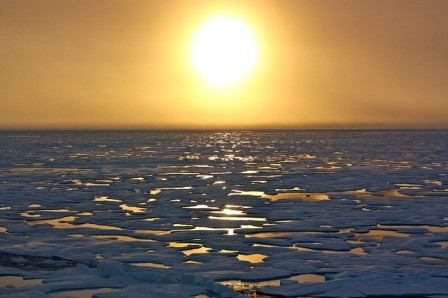
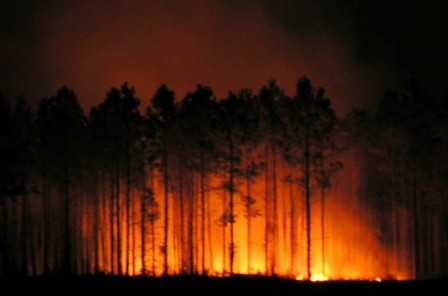


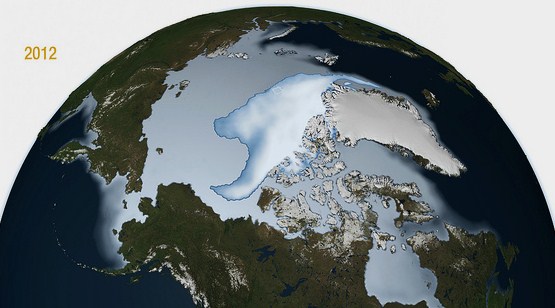
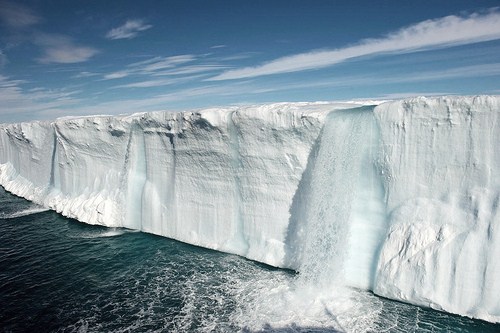
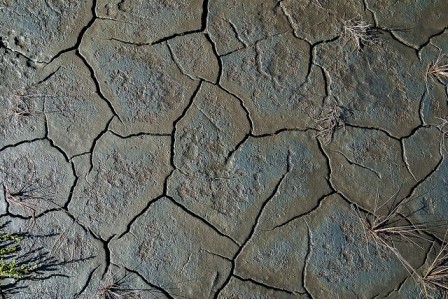
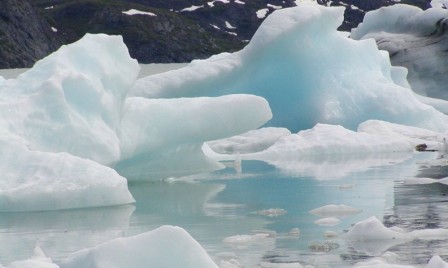


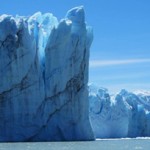

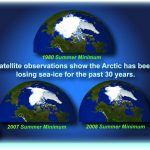
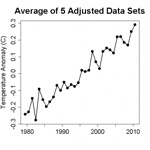
Comments
Dying by Degrees from Climate Change — No Comments